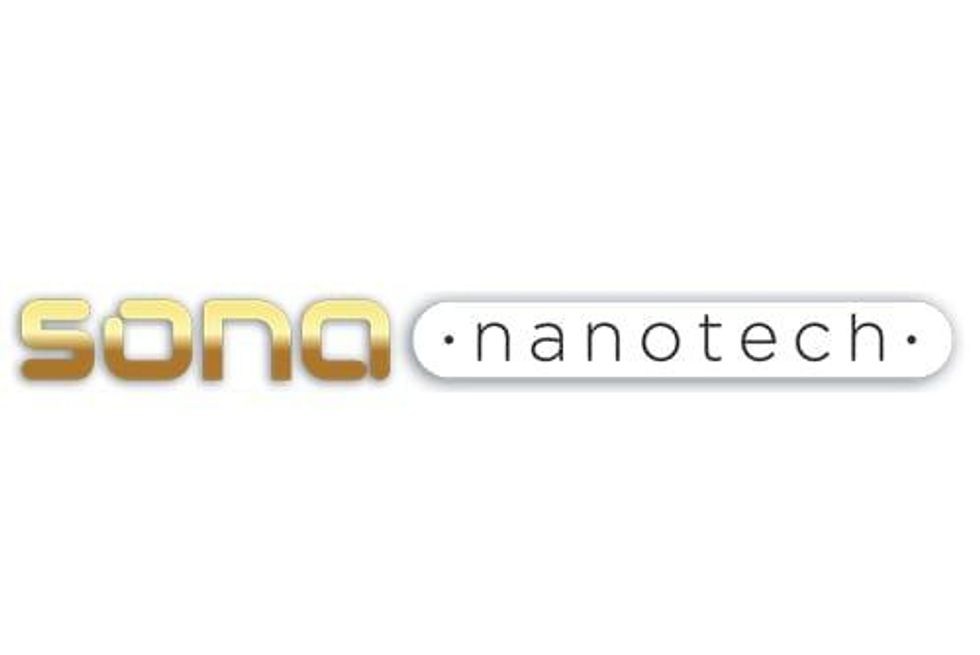Nanotechnology Future Outlook 2016

Anthony Vicari, an analyst on the advanced materials team at Lux Research, shares his thoughts on the nanotechnology future outlook going in to 2016.
From IBM (NYSE:IBM) making advances with a game-changing chip, to Cima NanoTech signing a joint venture with Foxconn (TPE:2354), it’s certainly been another interesting year for all things nanotechnology based.
No doubt, investors are keeping an eye on the nanotechnology future outlook and what could be next. To get more insight into this area, the Investing News Network spoke with Anthony Vicari, an analyst on the advanced materials team at Lux Research, about the nanotechnology future outlook for 2016.
While Vicari stressed that the nanotechnology space should not be characterized as a single market or industry, pointing out that “[i]t is a large, amorphous collection of technologies that often have little to do with one another,” he was still able to provide some commentary.
Nanotechnology segments
To be sure, watching the nanotechnology space and gauging the nanotechnology future outlook can be a complicated business. And, as mentioned above, Vicari cautioned that lumping the whole space together might be a mistake.
“Nanomaterials have some features in common — small size of course, and some common production methods — but their properties, uses and target applications vary from cosmetics to cars to consumer electronics,” he said. “It is a bit like talking about a total market for metal and lumping together gold, steel, titanium and uranium.”
To that point, Vicari sees things looking different for several areas within the nanotech space — namely, nanomaterials, nanointermediates and nano-enabled products.
“Nanomaterials themselves are and will remain a small total market, several billion dollars globally,” he explained. “Nanointermediates (nanomaterials converted to more usable forms such as a dispersion, ink, masterbatch or film) are a higher-margin, faster-growing business, especially for startups, since the value is primarily in the processing know-how. Nano-enabled products, of course, have the highest total revenue, but are difficult for small businesses to target since large-volume manufacturing is generally too capital intensive for them to be competitive.”
Nanotechnology in 2015
Looking back at 2015, Vicari said he has seen continued growth for nanointermediates and nano-enabled products. “The market for nanointermediates and nano-enabled products has been growing quickly for years, and continues to do so,” he said. “For example, across all sectors globally from 2012 to 2014, sales of nanointermediates grew from $167 billion to $453 billion, while sales of nano-enabled products grew from $848 billion to $1.6 trillion.”
However, he added that the market for nanomaterials themselves was less robust — sales grew from $1.6 billion to $2.1 billion over the same period.
Final data related to nanotechnology is not yet available for 2015. However, Lux recently reassessed its 2014 projects relative to actual performance, and found that sales of nano-enabled products, nanointermediates and nanomaterials exceeded its expectations by 8 percent, 29 percent and 17 percent, respectively.
Vicari didn’t see any unexpected, disruptive surprises in nanotechnology in 2015, but there were a few notable announcements. As mentioned above, Cima NanoTech was able to secure a joint venture with Foxconn, and that was “one of several high-profile investments/acquisitions in the ITO replacement space,” according to Vicari.
As another example, he pointed to Zyvex Technology’s decision to sell functionalized carbon nanotubes. That’s important as the company previously focused exclusively on dispersions and end-product demonstrations.
Smaller companies keeping busy
Smaller nanotechnology companies had a busy year as well. Responding to a survey sent to a number of nanotechnology-related companies, Eugene Seymour, CEO of Nanoviricides (NYSEMKT:NNVC), stated that his company received excellent pre-clinical data on its series of herpes drugs.
Unfortunately, that didn’t have much of an effect on the company’s share price. Seymour noted that “the general trend in pre-clinical biotechs was down,” and while he had expected that Nanoviricides would start human trials for its influenza drug this year, that hasn’t happened yet.
Still, Seymour has higher hopes for next year. He’s expecting the start of human trials for the company’s drug for herpes of the cornea, the most common cause of infectious blindness in the US and Western Europe, with 400,000 to 500,000 cases per year in the US alone. Seymour is expecting the drug to have “an excellent reception.”
Nanotechnology future outlook
Looking ahead to the nanotechnology future outlook for 2016, Vicari said that he expects the space to “continue roughly along the trajectory it has been on for a while,” albeit with disruptions in some segments.
For example, he noted that OCSiAl announced in 2014 that it was selling single-wall nanotubes for $200 per kilogram, roughly 100 times less than competitors. “[That] may have an impact in the next year or so,” he said.
Furthermore, he noted that a number of graphene nanoplatelet producers could be facing pressure next year. “[M]any graphene nanoplatelet producers could be in trouble due to the industry’s continuing severe oversupply situation, where globally the industry is operating at less than 15 percent of production capacity, yet many producers are planning multi-hundred-ton scale ups,” he said.
Overall, his main concern for the space is a resurgence in interest in nanotechnology for its own sake, a trend that died down a few years ago. “The renewed interested brings renewed hype, and increased risk of unrealistic expectations, resulting in costly business decisions,” Vicari explained.
Still, Vicari sees the nanotech space as a whole continuing to grow. While he didn’t give specific recommendations for nanotech companies to watch, he did have one broader trend for investors to keep in mind. “In general I would say to look at inks and coatings containing nanomaterials, including many conductive inks or superhydrophobic and antimicrobial coatings,” he said.
Securities Disclosure: I, Teresa Matich, hold no direct investment interest in any company mentioned in this article.
